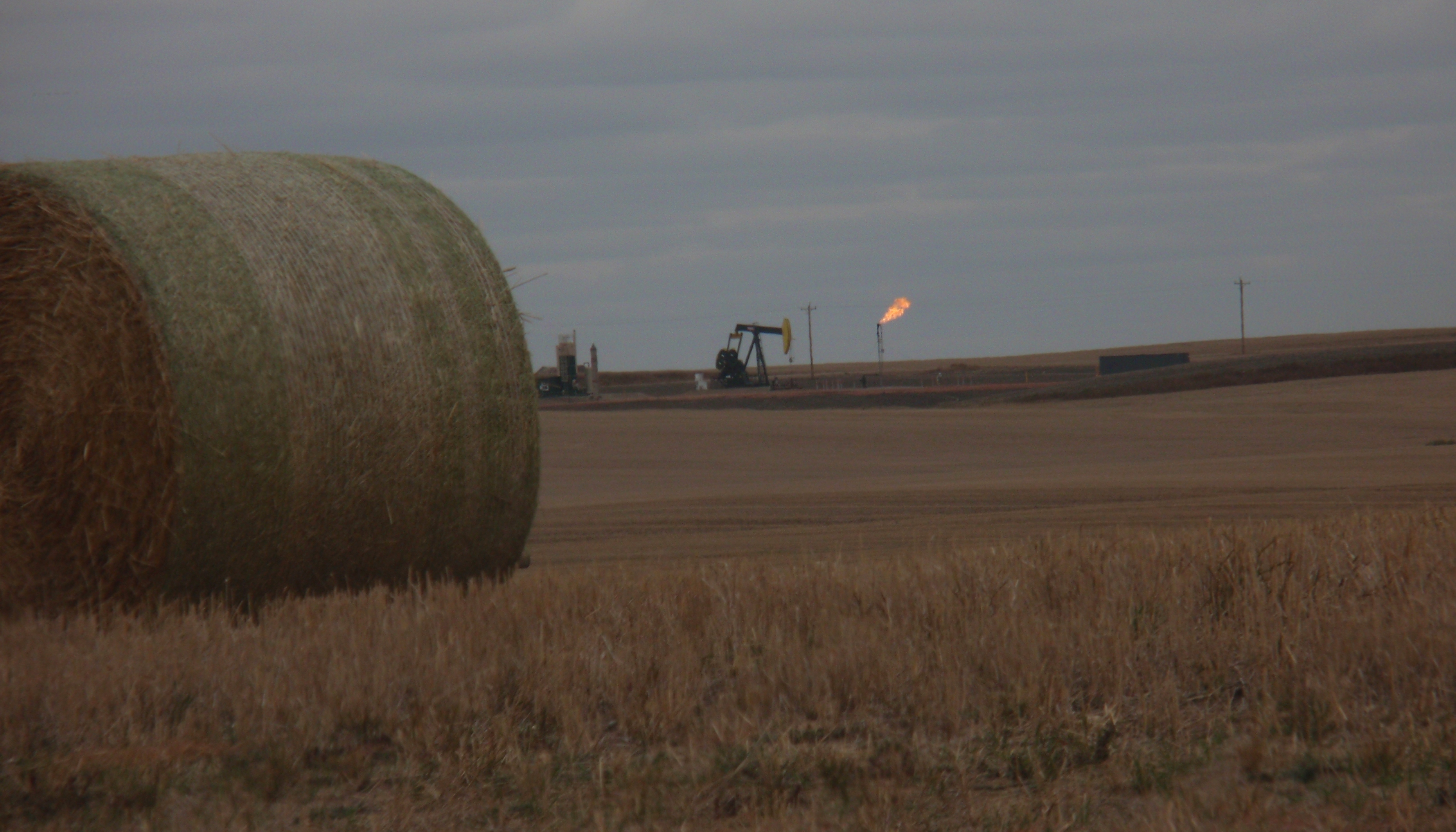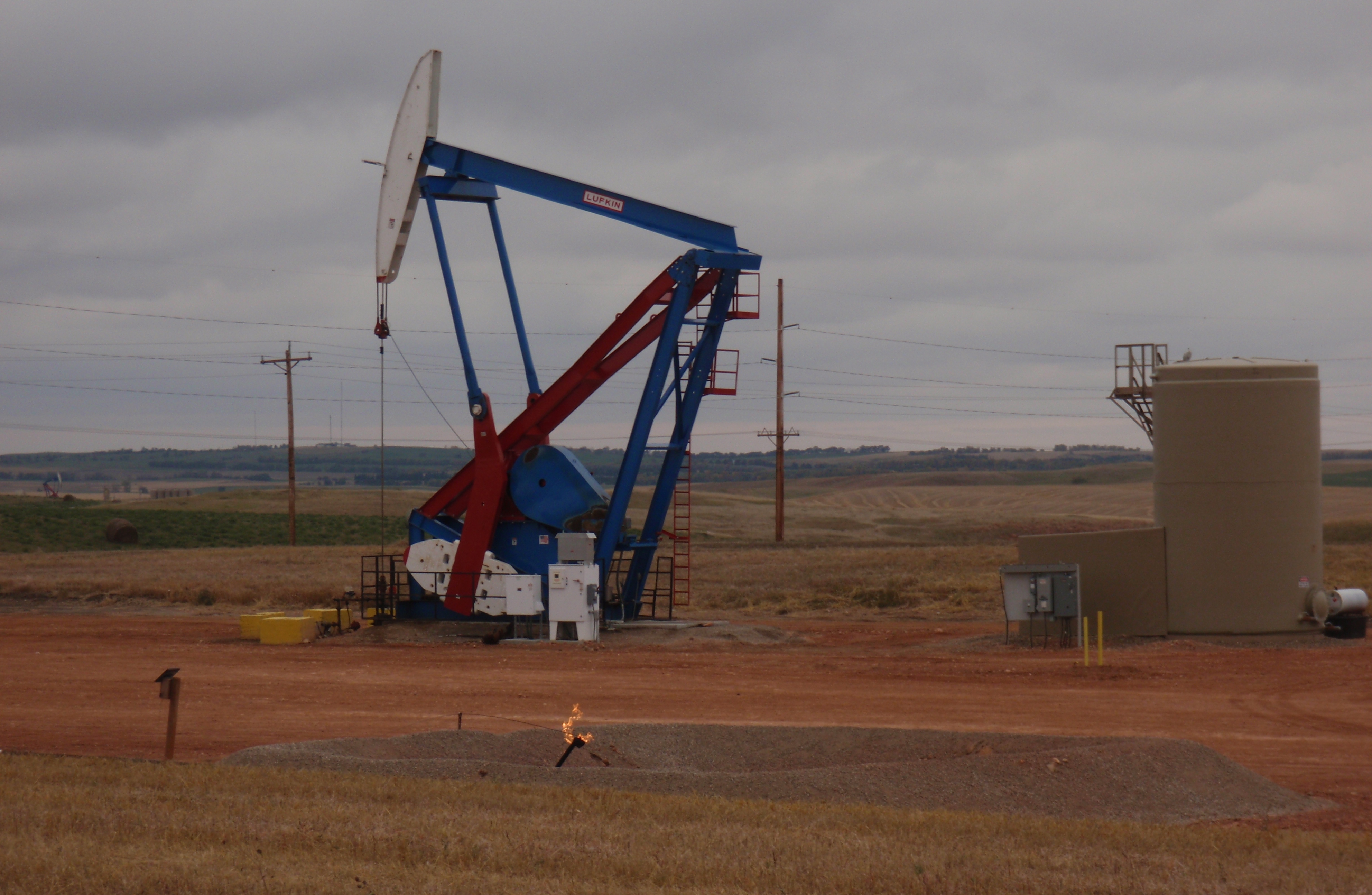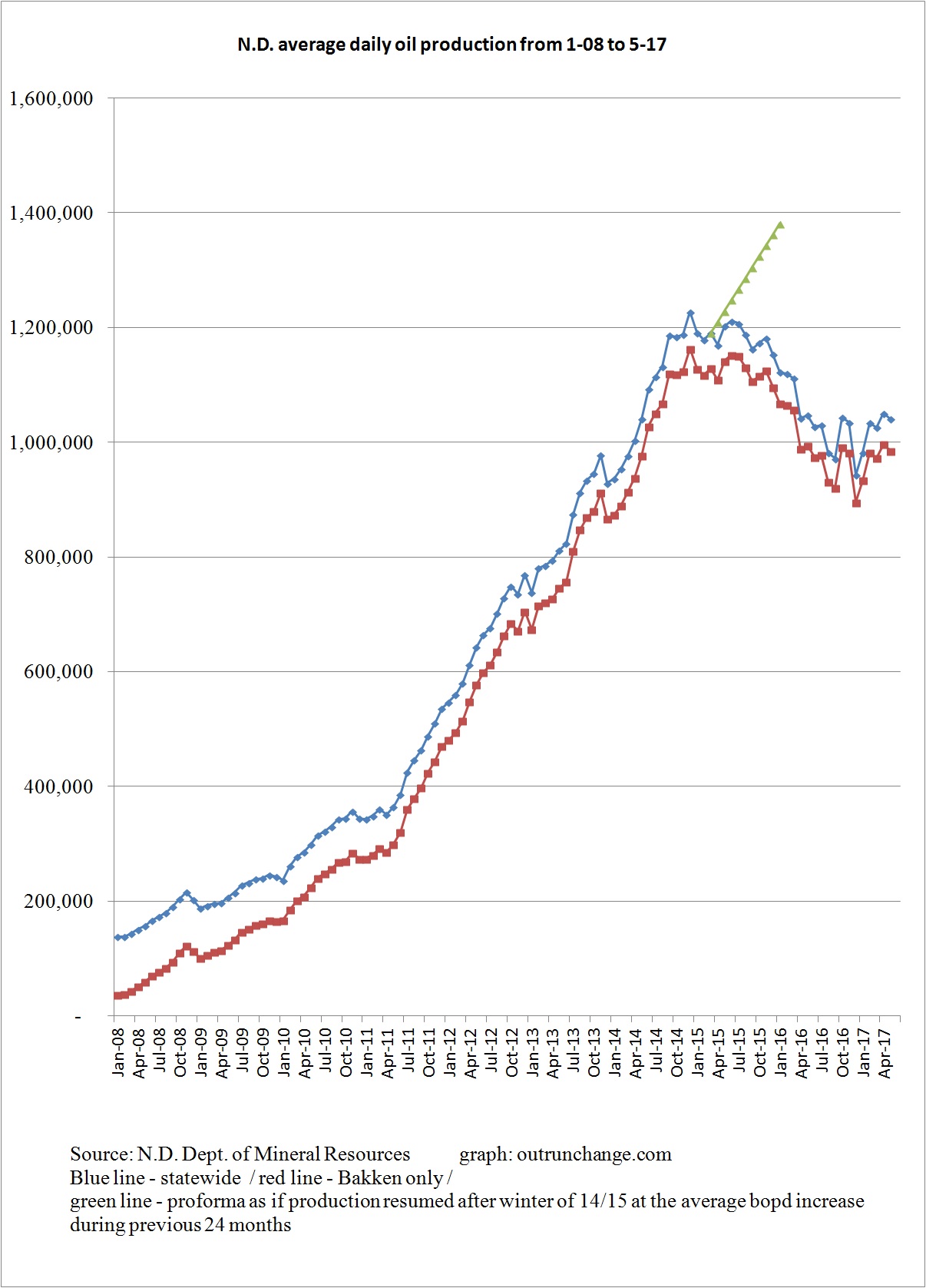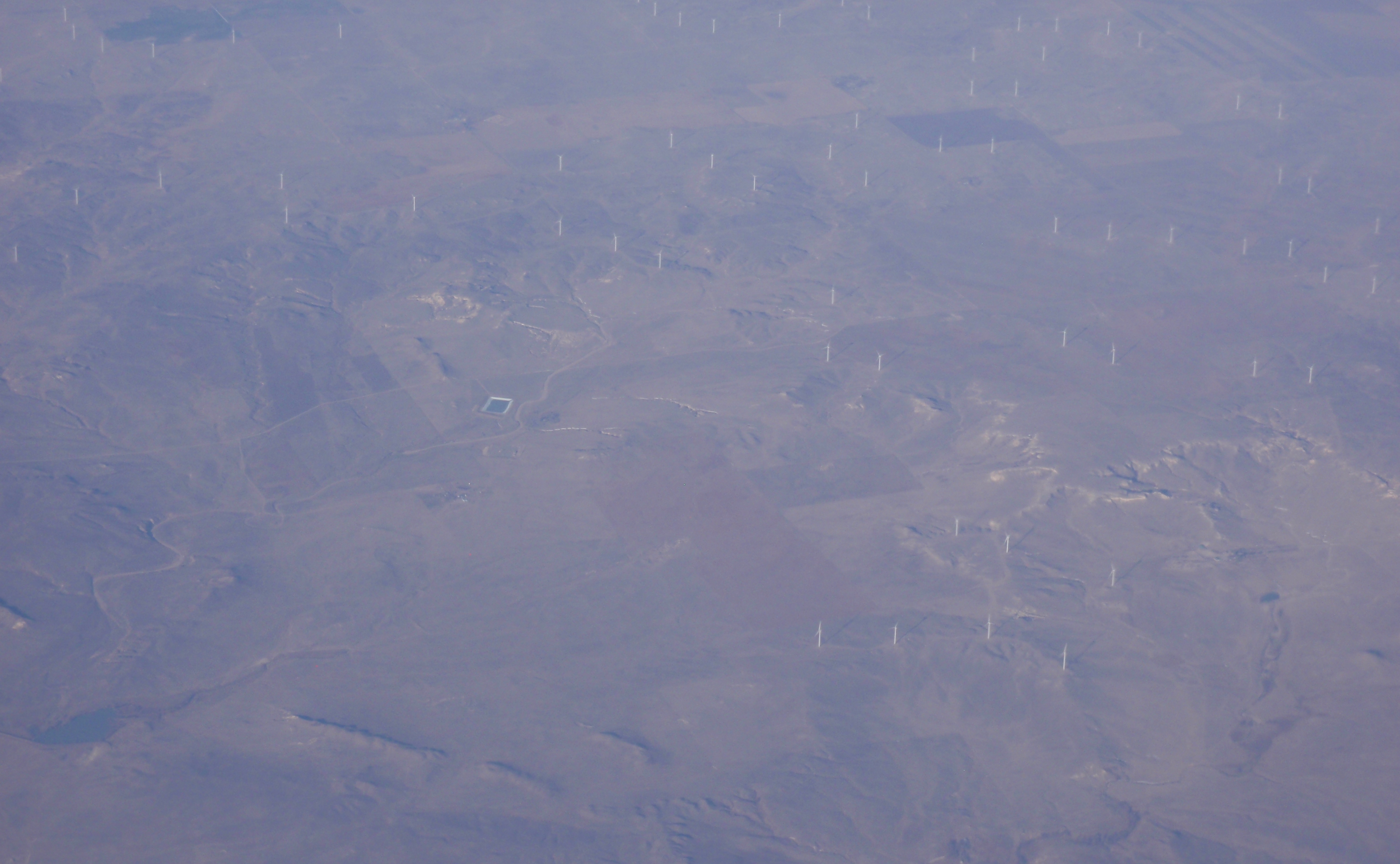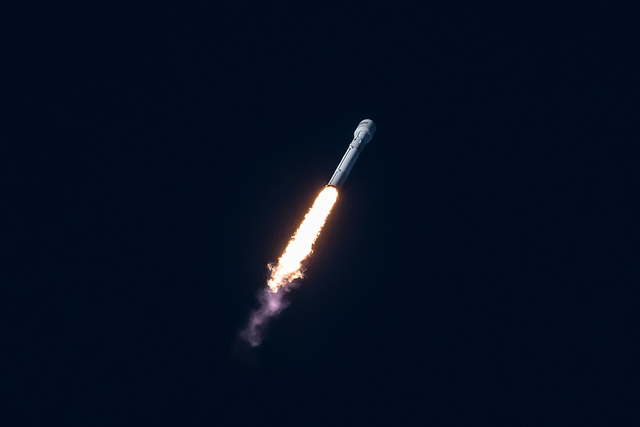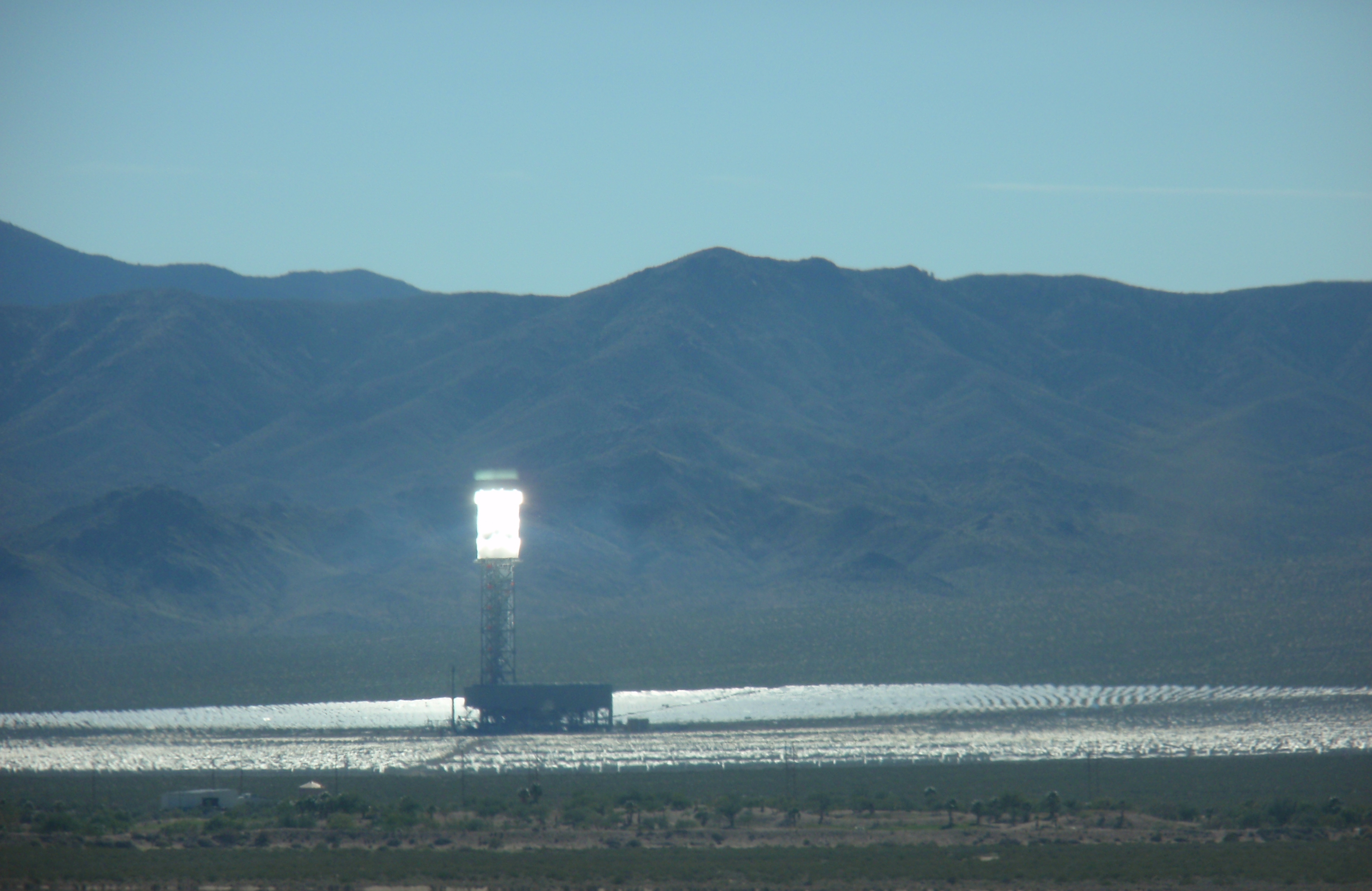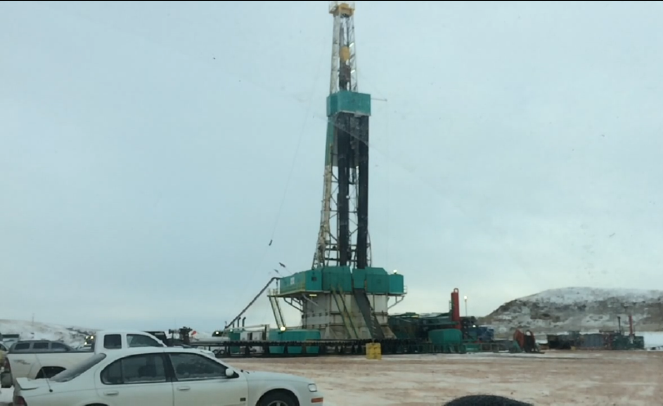
The political and economic conditions in Venezuela continue to deteriorate.
7/3/17 – Bloomberg – Venezuela’s Poor Rebel, Roiling Maduro’s Socialist Strongholds – The power base for the leaders of the socialist country is poor people.
From previous reading I’ve done, massive subsidies to the poor successfully bought their allegiance. The collapse of services including water outages, random outages of electricity, and empty store shelves are rapidly undermining support from the poor. Protests has spread to many of the poor communities in Caracas. There have been nightly protests in a number of communities for several weeks.
7/5/17 – Wall Street Journal – Maduro Supporters Storm Venezuela’s Congress – Continue reading “Continuing devastation in Venezuela – #29”

